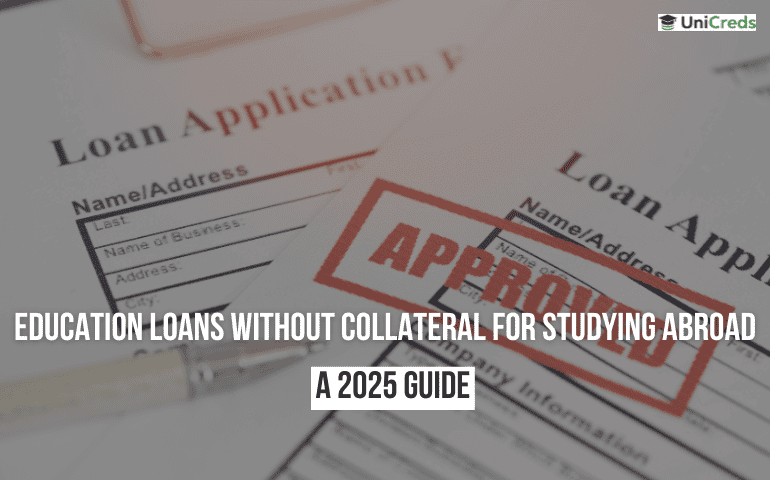Table of Contents
You may have considered filing bankruptcy if you’re drowning in student loans with no cure in sight. Unfortunately, with what’s already a complex legal phase, discharging student loans in bankruptcy can be one of the most daunting activities. Still for some borrowers, seeking to get rid of student loans in bankruptcy might make sense. If you think that the initiative may be worth it, here’s what you should know about Student Loans and Bankruptcy before you get started.
Feasibility to discharge student loan debt in bankruptcy
It is not difficult to unload student loans in bankruptcy, but it involves negotiating a daunting procedure that can be hard to prove. You can consider the conditions to apply if you’re trying to want to get out from under the loans in a bankruptcy.
It is technically possible to have the debts forgiven in bankruptcy, but it is not your usual bankruptcy proceeding, because it’s extremely complicated.
Only 0.1% of student loan holders filing bankruptcy are still seeking to get their student loans forgiven, according to one report. Of that fraction, 40% are successful. In other terms, a full or partial waiver on their student loans was obtained by just 0.04 per cent of those who applied for bankruptcy who tried to get their loans discharged.
These numbers show if nothing else, that discharge of student loans is possible. But the legal standards are discouraging, and it’s a difficult proposition for those who do try.
Under existing statute, in a bankruptcy, student loans can not be asserted except under such cases. The only way to discharge these debts is whether the borrower or the borrower’s obligations are considered to cause “undue hardship“.
How to pursue student loan discharge in bankruptcy proceedings?
It is extremely difficult to reach the norm of undue suffering, but it’s worth consulting a bankruptcy lawyer to see if it’s even an option in your particular case. However, under such conditions, including dealing with a permanent injury or terminal illness, you will be entitled to claim it.
It’s important to remember that discharging student loans requires extra labour on top of the normal bankruptcy process, even though you believe you meet the standard of undue hardship. It’s not as easy as a bankruptcy filing. Within a bankruptcy procedure, it’s an adversary proceeding, which ensures that the lender gets to protect against discharge from bankruptcy.
Preparing for the adversary proceeding
In assessing unreasonable suffering, the court will look for a variety of considerations. If you made a good-faith commitment to repay your loans is one consideration that it would definitely recognise. Trying to rearrange the payment plan can require the good-faith attempt. Call your loan servicer if you haven’t already, and inquire for alternate payment options. You could end up reducing the amount of your monthly payment or even entirely delay making payments.
Document who you talked to and the date and time of the call if the lender refuses to change or delay your payments. You may get to use this data in court as evidence.
During the adversary process, you will also need to provide details on your revenue, budget and debt load. In most cases, as part of the general bankruptcy filing process, you’ll have already gathered this information.
What outcome to expect about Student Loans and Bankruptcy
There are three potential consequences if you seek student loan discharge in bankruptcy.
Complete discharge: The court can determine that the debt will be entirely forgiven, and no further payments will have to be made.
Partial discharge: A part of your debt will be forgiven but depending on your particular conditions and capacity to repay, you may be liable for the remainder. A judge will rule, for example, that you should not repay and discharge your private student loans, but you will also have to repay the federal loans, so you will be able to afford to fund them under an alternate payment schedule.
No discharge: You will be forced to repay your loans with the entire balance. However, if it decides that making a move will render repayment financially viable for you, the court might alter other aspects of your loan, such as your interest rate. Only how few people who apply for bankruptcy will end up with either of the first two results is crucial to bear in mind.
Just 0.04 per cent of individuals who declared bankruptcy and applied to get their debts released obtained a partial or full waiver of student loan repayment from a 2011 report.
And the long-term consequences of a bankruptcy on your credit carry even a good waiver of student loan debt. The bankruptcy procedure is not for all, and before taking any steps, it’s necessary to consider the specifics.
In bankruptcy, student loan discharge is unusual enough that other options for making the loans more manageable are necessary to remember. There may be a less difficult way to handle the debt load, whether it be signing up for an income-driven loan plan or attempting a deferment or forbearance.










0 Comments